The right material for your raised garden beds … it’s one of those decision you’ll need to make early on in the planning of your garden. Before the seeds, before the soil … you’ll need to figure out what’s going to contain it all. If you’re thinking about using one of the woods available at your local home center, Douglas fir is a great option for a few reasons. (tag: douglas fir for garden bed)
Of course, just around the corner from where they keep the Douglas fir, you’ll find they also have western red cedar. Cedar is widely considered the best material for raised garden beds due to several factors detailed in the following post: Choosing a Raised Garden Bed for Your Garden.
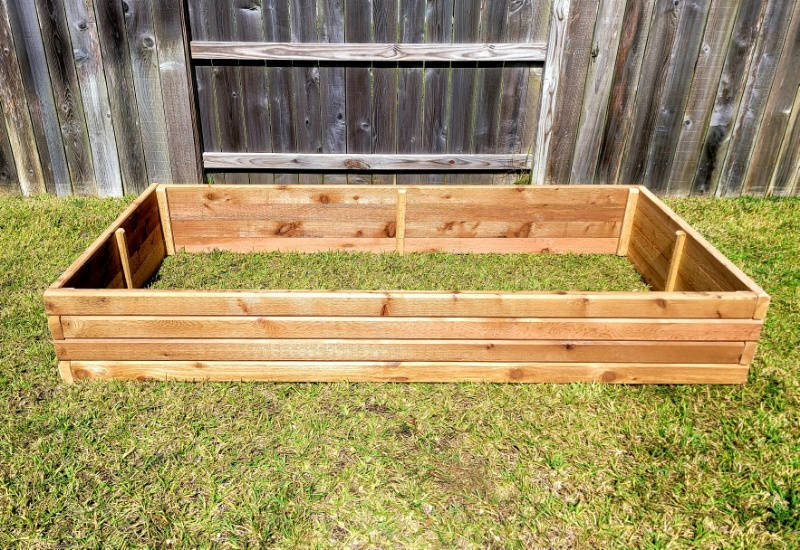
cedar raised garden bed – 4′ x 8′ x 14″
Douglas Fir Is Affordable
Just one cedar 2 x 4, however, costs $20. For that reason alone, cedar often becomes an unaffordable option in the planning stage. This brings Douglas fir back into consideration. By comparison, one 2 x 4 in Douglas fir costs around $4. I don’t know about you, but the possibility of reducing my material cost by 80% is very intriguing to me. You can’t ignore savings of that magnitude. Whether you’re doing the building or someone else is building the beds for you, there should be a drastic difference in cost between using cedar and Douglas fir. I recommend getting a quote for both options.
By the way, if you’re shopping at Lowes, item #7001 is what you’re looking for. These are straight, high-quality boards measuring a full 96 inches. They also have Douglas fir studs that are pre-cut down to 92.5 inches. I don’t know why, but these pre-cut boards are often in rough shape. They’re not as straight and they have lots of knots, so I avoid them.
Durability and Longevity
 Douglas fir grows abundantly in the cold, wet regions of the pacific northwest. It has a natural resistance to decay and insect damage, which makes it ideal for raised garden beds. Douglas fir can withstand harsh weather conditions and maintain its structural integrity for years. Its dense fibers and straight-grain patterns provide a reliable barrier for garden bed walls.
Douglas fir grows abundantly in the cold, wet regions of the pacific northwest. It has a natural resistance to decay and insect damage, which makes it ideal for raised garden beds. Douglas fir can withstand harsh weather conditions and maintain its structural integrity for years. Its dense fibers and straight-grain patterns provide a reliable barrier for garden bed walls.
Having used Douglas fir on more than 100 raised beds, I can tell you it holds screws well. They kiln-dry these boards before arriving to stores. This kills whatever bugs and organisms which may be living in its fibers. Another benefit of the kiln is that boards are immediately dry and ready for building right after you buy them.
Contrast this with pressure-treated pine, which is typically loaded with moisture when you take it home. As that moisture gradually evaporates, the boards will shrink. If you fasten these boards to other boards with screws or nails before they’ve had time to shrink, there will be tension around the fasteners as the boards contract. This is the #1 reason why boards crack on outdoor furniture. All that to say … this shrinkage issue isn’t much of a concern with Douglas fir because it’s dry and not treated with chemicals.
Excellent Water Retention
Douglas fir boasts a moderate level of water resistance, which means it can help retain moisture in the soil without causing waterlogging. This contributes to healthy hydration for your plants, especially in varying weather conditions.
More Advantages of Using Douglas Fir for Raised Garden Bed Builds
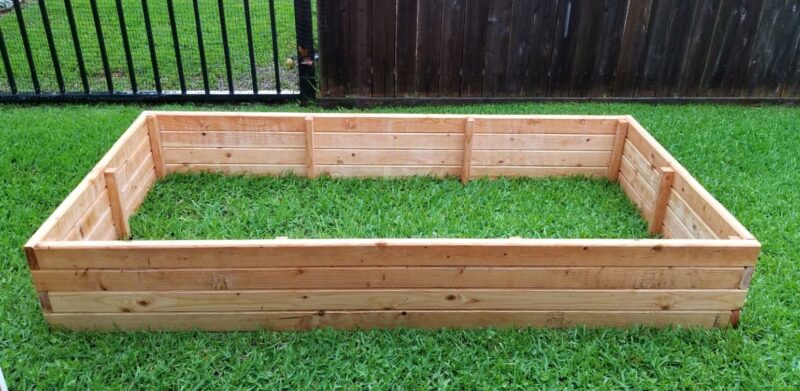
Beyond its functional benefits, Douglas fir wood also adds a touch of natural beauty to your garden space. Its warm, pinkish hues create a visually appealing garden bed that compliments any outdoor setting. I always look forward to building anything with Douglas fir. It’s easy to handle. It’s pretty and it even smells nice, like a bouquet of flowers. Believe me … after passing thousands of linear feet of the stuff through a table saw, you become very familiar with its scent.
Another advantage of Douglas fir is its eco-friendliness. It’s often sourced from sustainably-managed forests. This is a win-win for the planet. You’re using Douglas fir to grow healthy plants while foresters are continually planting more Douglas fir. (tag: douglas fir for garden bed)
Low Maintenance
You don’t necessarily need to add any product or preservative to Douglas fir wood. With nothing on it, Douglas fir will withstand raw, direct contact with wet soil and extreme temperatures much better than untreated pine. You can expect Douglas fir to have 5 to 7 years of high-integrity life before it begins to deteriorate. As for its pinkish color, it goes grey fairly quickly, within one year. But that’s just a matter of aesthetics. Its color has nothing to do with how long the wood will last.
If you plan to apply anything to the interior of your Douglas fir garden bed, I recommend raw linseed oil. Make sure it’s raw and not boiled linseed oil. The “boiled” version includes petroleum chemicals which shouldn’t be in your soil. You can also use raw linseed oil on your bed’s exterior or something like Thompson’s Water Seal. After about a year, you’ll need to apply another coat to continue this protection.

Again, however, I would emphasize it’s not imperative to coat Douglas fir with anything. My client didn’t use anything on the garden bed above. As you can see, it’s entirely gray. But it’s still solid as a rock three years after I delivered it.
Here’s another thing to keep in mind if your Douglas fir beds begin to show signs of rot after 7 years. The relative affordability of this wood should eliminate all fear about it wearing out too soon. Just lift it up on one end and push it off to the side. Then put a new one around your soil and you’ve got another 7 years of a solid, natural barrier to hold all your soil together.
Douglas Fir…A Great Option
In conclusion, Douglas fir offers several advantages that make it an excellent choice for raised garden beds. From its exceptional durability to its low cost and easy workability, this wood provides a solid foundation for a thriving garden. Consider using Douglas fir in your next gardening project and experience the benefits firsthand.
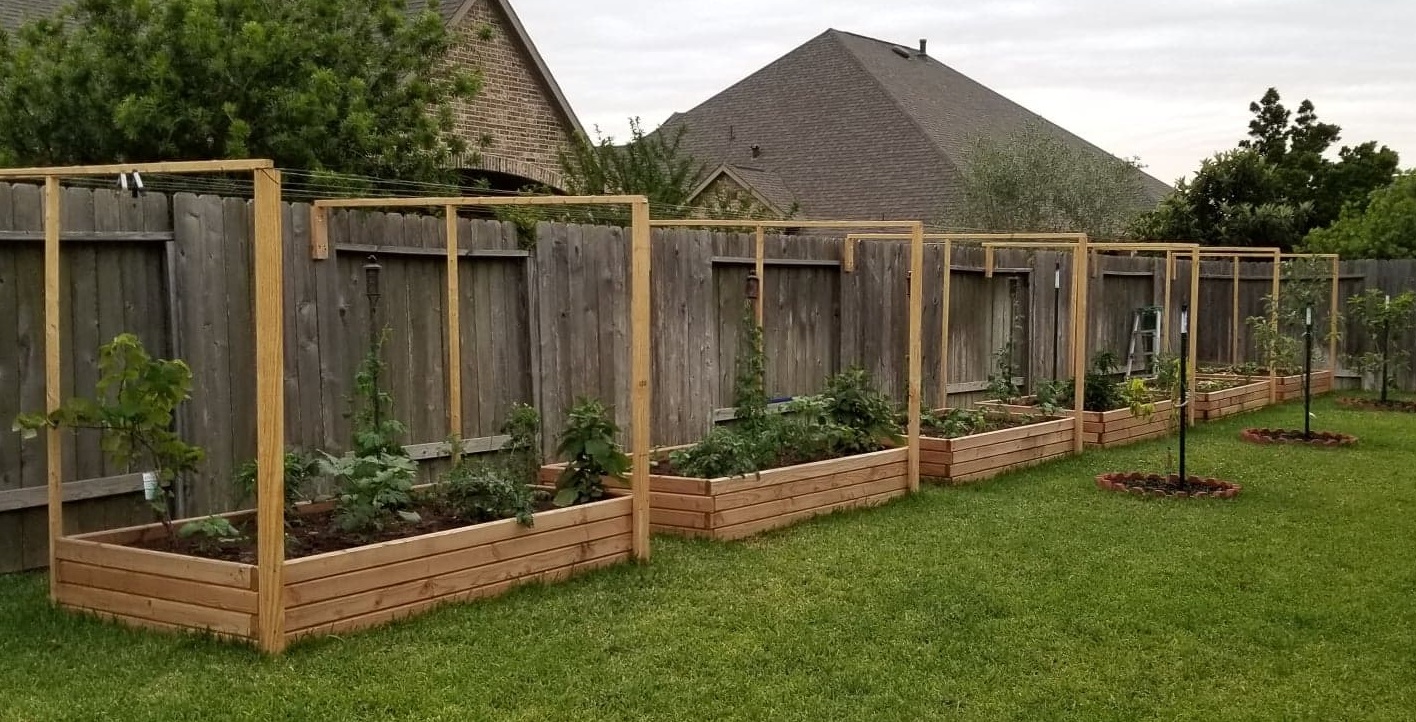
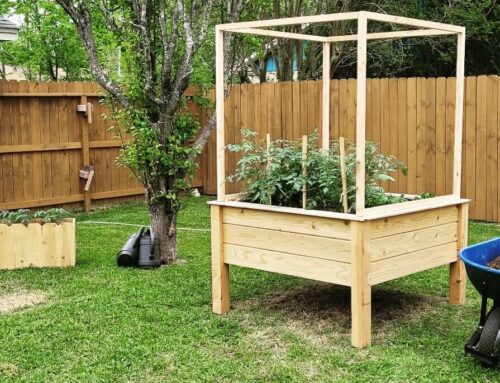

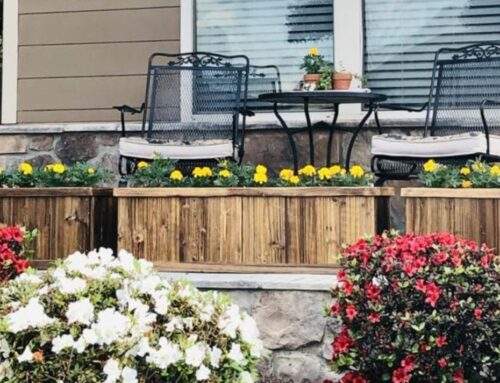
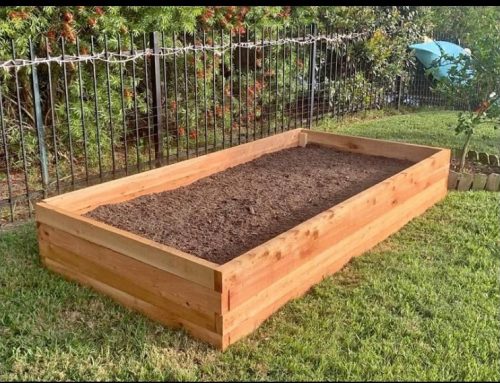
[…] cannot overstate how important it was for us to realize the effectiveness of using Douglas fir for garden beds. It was a total gamechanger for us and our clients. It kept our material cost down, which helped us […]